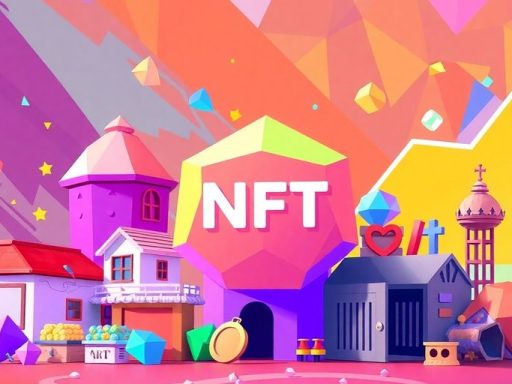The recent surge in AI-driven trading tools, particularly those leveraging GPT technology, has left many crypto traders feeling disillusioned. Instead of providing the promised enhancements to trading strategies, these tools often fall short, leading to frustration and skepticism among users.
Key Takeaways
- Many AI trading tools are overhyped and underperforming.
- Traders need tools that enhance their decision-making, not replace it.
- Effective AI agents should simulate real market conditions and provide educational value.
- Trust and transparency are crucial for the adoption of AI trading solutions.
The Hype Around AI Trading Tools
The integration of AI into trading was expected to revolutionize the industry, offering traders advanced insights and automated strategies. However, the reality has been starkly different. Many products marketed as AI trading solutions are merely superficial applications of existing technology, often referred to as "GPT wrappers."
These tools promise features like "AI-powered insights" and "next-gen trading signals," but they frequently deliver little more than flashy marketing. The result is a landscape filled with overpriced and underperforming products that fail to meet the needs of traders.
The Need for Real Utility
Traders are looking for tools that genuinely enhance their trading experience. Instead of relying solely on large language models, successful AI trading solutions should:
- Augment Human Decision-Making: AI should assist traders in making informed decisions rather than acting as emotionless agents.
- Provide Real-Time Insights: Effective tools must analyze market sentiment and adapt to changing conditions, offering insights that reflect the nuances of human trading.
- Facilitate Learning and Growth: AI agents should help traders develop their skills through simulations and mentorship, rather than simply executing trades.
The Importance of Simulated Environments
One of the most significant shortcomings of current AI trading tools is their failure to provide realistic trading simulations. Traders need environments where they can practice and refine their strategies without the risk of real financial loss. Simulated trading can help users:
- Understand Market Dynamics: By experiencing market fluctuations in a controlled setting, traders can learn to manage risk and adapt to volatility.
- Build Resilience: The emotional highs and lows of trading can be simulated, helping traders develop the mental fortitude needed for real-world trading.
- Refine Strategies: Continuous practice in a simulated environment allows traders to iterate on their strategies and learn from mistakes.
Building Trust in AI Agents
For AI trading tools to gain acceptance, they must be perceived as trustworthy and relatable. Key factors include:
- Transparency: Traders should understand how AI agents make decisions and the data they rely on.
- Control: Users must have the ability to approve or reject the AI’s recommendations, ensuring they remain in charge of their trading.
- Engagement: AI agents should be interactive and capable of providing explanations for their actions, fostering a sense of partnership rather than mere automation.
Conclusion: Moving Beyond Distraction
As the crypto market continues to evolve, the demand for effective AI trading solutions will only grow. However, until developers move beyond superficial applications and focus on creating tools that genuinely enhance the trading experience, many of these products will remain distractions rather than solutions. The future of AI in trading lies in its ability to empower traders, not replace them, and to provide real value that translates into improved trading outcomes.








